One night in May 2011 changed the modern world forever, with the help of GPNVG-18 night vision goggles. When Seal Team 6 operators kicked in the front door of Al Qaeda’s notorious leader Osama Bin Laden, the night was so dark. It means that you can be sure that operators didn’t spend any time looking for a light switch. They had a major advantage in these cutting-edge, panoramic night-vision goggles in front of their faces.
Night vision goggles (NVG) in Operation Neptune Spear
In that dark night, the Navy SEAL operators had at their disposal the most secret and most up-to-date night vision equipment. Don’t confuse these NVGs with the helmet-mounted FLIR systems also widely used by Special Operations forces. To understand that, you need to know how night vision googles works.
“I set the helmet on my head and pulled down my night vision goggles, or NVGs. Unlike some of the conventional units, we had NVGs with four tubes instead of the usual two. This allowed us a field of view of 120 degrees instead of just 40 degrees. The standard goggles were like looking through toilet paper tubes,” Matt Bissonette wrote in “No Easy Day,” his firsthand account of the mission to kill the terrorist mastermind.
Night vision equipment relies on image intensification, which gathers incoming low-level light, converts those photons into an electrical signal, amplifies the signal, and then displays the boosted light-level image on a green phosphor screen. But you might wonder to ask why the night vision equipment is usually green? Green is the color of choice because the human eye is uncannily adept at differentiating between shades of green compared to other hues.
FLIR (Forward-looking infrared) system, on the other hand, doesn’t boost anything—it generates a false-color display of the observed infrared radiation (aka heat) signature from whatever you’re looking at. But, why you should know how both systems works? The point is that when combined, the two technologies prove a potent pair—the night vision allows for long-range spotting under normal conditions while the IR augments that capability when ambient light levels are low or the target is obscured by fog, dust, buildings, and whathaveyou.
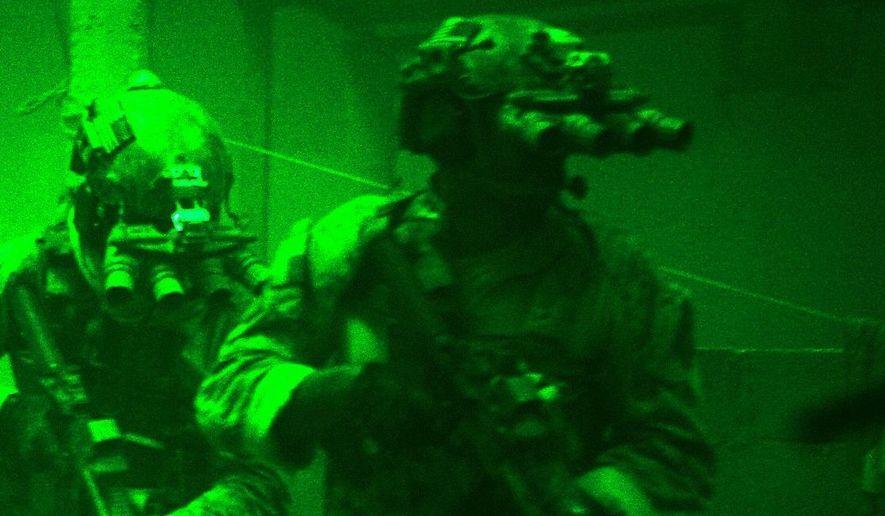
The king among those devices, even among advanced NV/IR systems, is the $65,000 (approximately worth) Ground Panoramic Night Vision Goggle (GPNVG, aka the GPNVG-18 referring to its 18mm imaging tubes) from L-3 Warrior Systems. It stands out—largely because of the extra monocular lenses poking out from either side of the GPNVG-18 unit. They may look rather silly but these extra lenses afford a much wider field of view than that of conventional night vision goggles which gives our operators a distinct advantage on the field.
Per L-3
The GPNVG-18 is a helmet-mounted night vision device with a wide 97-degree horizontal field of view that allows for observation and/or target identification under adverse conditions and is ruggedized for ground applications. Individual monoculars can be detached from the system and powered with an included power adapter to provide a low profile handheld night vision monocular.
The two central intensifier tubes operate just like regular night vision goggles, providing the conventionally overlapping, binocular-like image. The two added tubes on either side provide similarly offset views from the outer edges of the central image. Essentially, it’s like looking through two pairs of binoculars set side by side for an unprecedented total field of vision of 97 degrees. This means our special forces will be able to clear corners faster and more securely with just a glance rather than swiveling their entire head like an owl. What’s more, the additional tubes can also be popped off the frame and used as standalone monocles.
The GPNVG-18 weighs 27 ounces and is powered for as much as 30 hours of continual use by a quartet of CR123As. You can actually pick up a pair for yourself on either Amazon or eBay if you’ve got an extra $35,000 burning a hole in your pocket. [Defense One – DID – L3 – Soldier Systems – TNVC]. Of course, that means if you are not serving in the unit which is able to afford it to its operators.
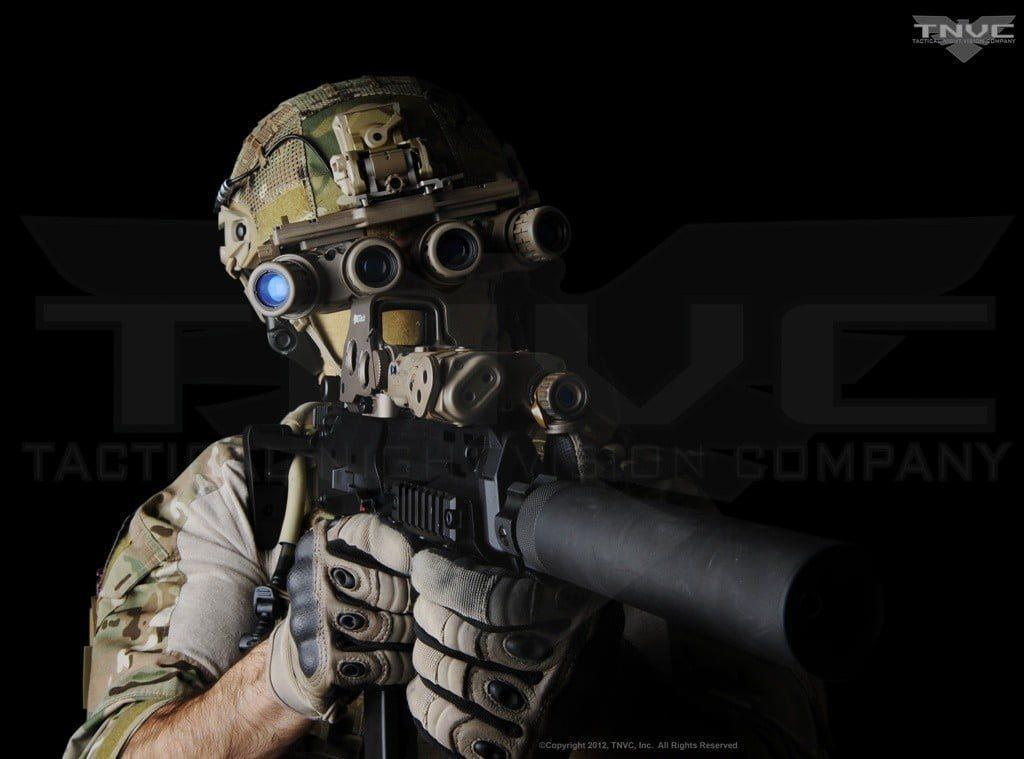
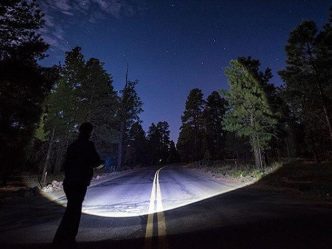
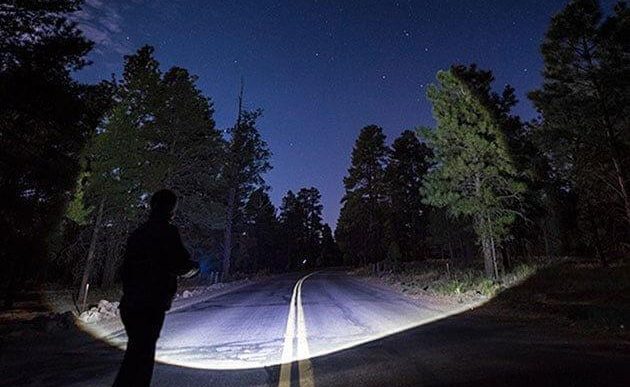
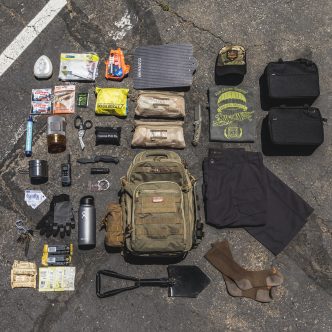
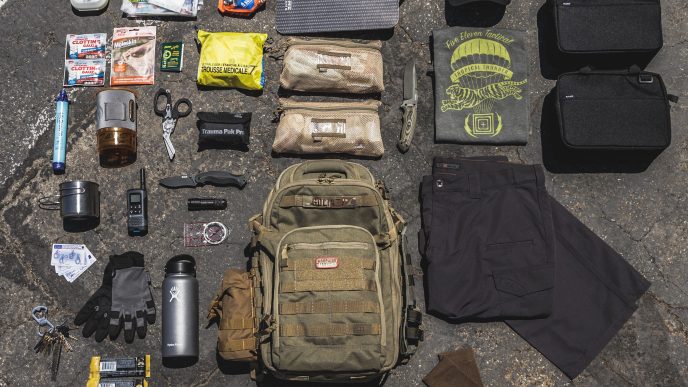
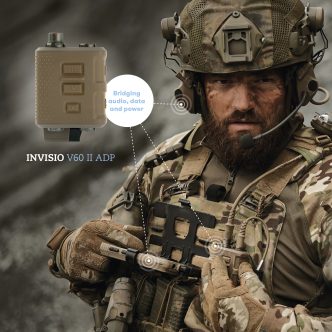
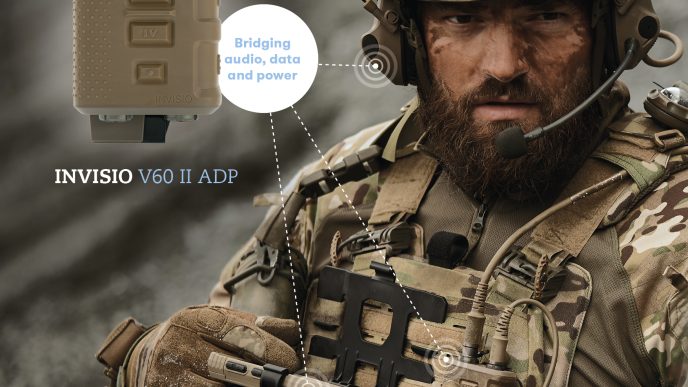
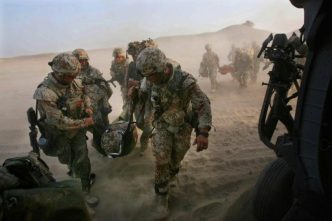
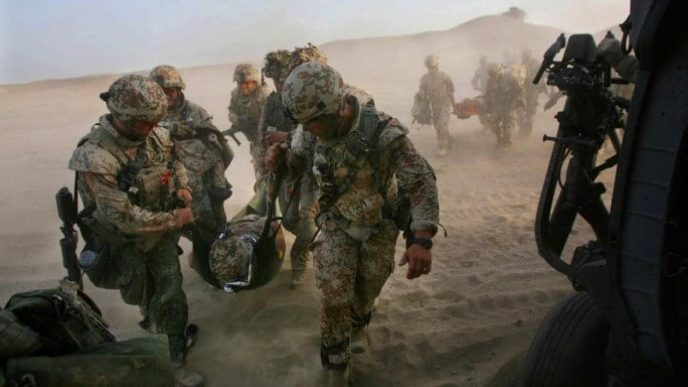
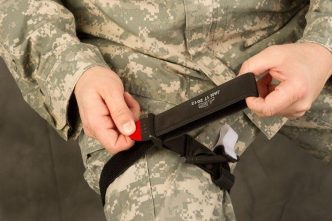
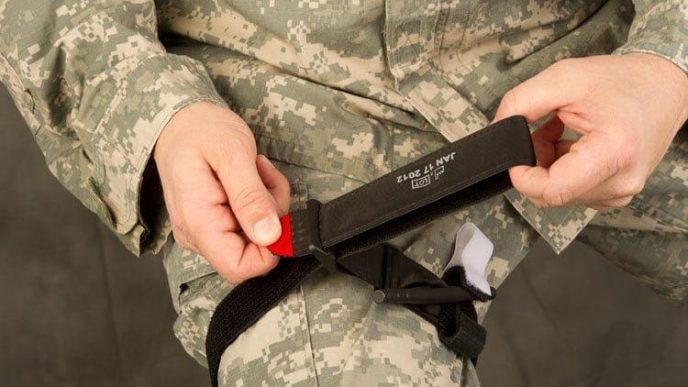
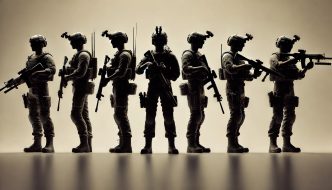
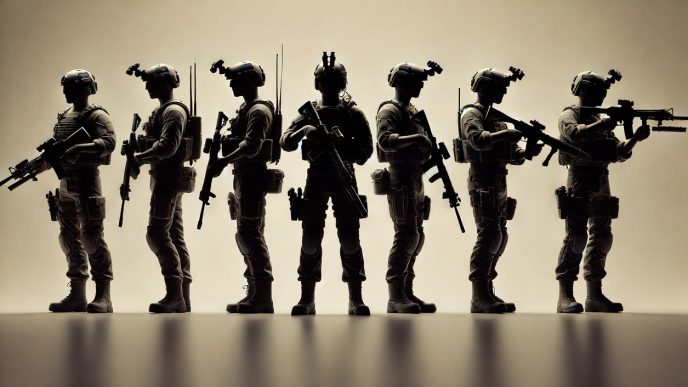
good info because in buying a few